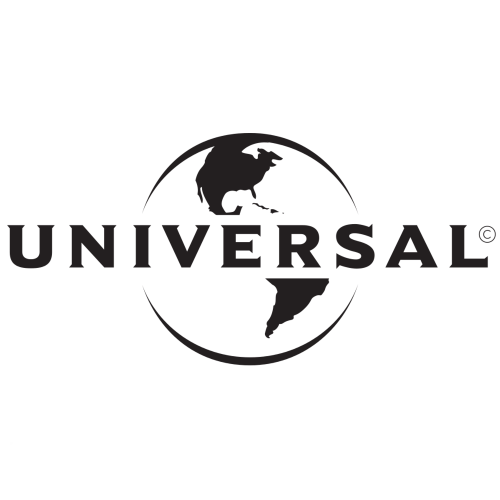
HLS Therapeutics Inc
TSX:HLS


| US |

|
Johnson & Johnson
NYSE:JNJ
|
Pharmaceuticals
|
| US |

|
Berkshire Hathaway Inc
NYSE:BRK.A
|
Financial Services
|
| US |

|
Bank of America Corp
NYSE:BAC
|
Banking
|
| US |

|
Mastercard Inc
NYSE:MA
|
Technology
|
| US |

|
UnitedHealth Group Inc
NYSE:UNH
|
Health Care
|
| US |

|
Exxon Mobil Corp
NYSE:XOM
|
Energy
|
| US |

|
Pfizer Inc
NYSE:PFE
|
Pharmaceuticals
|
| US |

|
Palantir Technologies Inc
NYSE:PLTR
|
Technology
|
| US |

|
Nike Inc
NYSE:NKE
|
Textiles, Apparel & Luxury Goods
|
| US |

|
Visa Inc
NYSE:V
|
Technology
|
| CN |

|
Alibaba Group Holding Ltd
NYSE:BABA
|
Retail
|
| US |

|
JPMorgan Chase & Co
NYSE:JPM
|
Banking
|
| US |

|
Coca-Cola Co
NYSE:KO
|
Beverages
|
| US |

|
Walmart Inc
NYSE:WMT
|
Retail
|
| US |

|
Verizon Communications Inc
NYSE:VZ
|
Telecommunication
|
| US |

|
Chevron Corp
NYSE:CVX
|
Energy
|
Utilize notes to systematically review your investment decisions. By reflecting on past outcomes, you can discern effective strategies and identify those that underperformed. This continuous feedback loop enables you to adapt and refine your approach, optimizing for future success.
Each note serves as a learning point, offering insights into your decision-making processes. Over time, you'll accumulate a personalized database of knowledge, enhancing your ability to make informed decisions quickly and effectively.
With a comprehensive record of your investment history at your fingertips, you can compare current opportunities against past experiences. This not only bolsters your confidence but also ensures that each decision is grounded in a well-documented rationale.
Do you really want to delete this note?
This action cannot be undone.

| 52 Week Range |
3.6
5.72
|
| Price Target |
|
We'll email you a reminder when the closing price reaches CAD.
Choose the stock you wish to monitor with a price alert.

|
Johnson & Johnson
NYSE:JNJ
|
US |

|
Berkshire Hathaway Inc
NYSE:BRK.A
|
US |

|
Bank of America Corp
NYSE:BAC
|
US |

|
Mastercard Inc
NYSE:MA
|
US |

|
UnitedHealth Group Inc
NYSE:UNH
|
US |

|
Exxon Mobil Corp
NYSE:XOM
|
US |

|
Pfizer Inc
NYSE:PFE
|
US |

|
Palantir Technologies Inc
NYSE:PLTR
|
US |

|
Nike Inc
NYSE:NKE
|
US |

|
Visa Inc
NYSE:V
|
US |

|
Alibaba Group Holding Ltd
NYSE:BABA
|
CN |

|
JPMorgan Chase & Co
NYSE:JPM
|
US |

|
Coca-Cola Co
NYSE:KO
|
US |

|
Walmart Inc
NYSE:WMT
|
US |

|
Verizon Communications Inc
NYSE:VZ
|
US |

|
Chevron Corp
NYSE:CVX
|
US |
This alert will be permanently deleted.
HLS Therapeutics Inc
HLS Therapeutics, Inc. operates as a pharmaceutical company. The company is headquartered in Etobicoke, Ontario and currently employs 92 full-time employees. The firm is focused on developing clinically differentiated pharmaceutical products in the specialty central nervous system (CNS) and cardiovascular (CV) markets. Its products include Vascepa, Trinomia, Clozaril, CSAN Pronto, PERSERIS and MyCare Psychiatry/MyCare Insite. Its lead product, Clozaril, is an atypical antipsychotic indicated in the management of symptoms of treatment-resistant schizophrenia for the Canadian and United States markets. CSAN Pronto is a capillary point-of-care medical device designed to enhance and simplify the mandatory safety blood monitoring process for patients that are prescribed Clozaril. Vascepa capsules reduce the risk of cardiovascular events, such as cardiovascular death, non-fatal myocardial infarction, non-fatal stroke, coronary revascularization, or hospitalization for unstable angina in statin-treated patients with elevated triglycerides.

HLS Therapeutics, Inc. operates as a pharmaceutical company. The company is headquartered in Etobicoke, Ontario and currently employs 92 full-time employees. The firm is focused on developing clinically differentiated pharmaceutical products in the specialty central nervous system (CNS) and cardiovascular (CV) markets. Its products include Vascepa, Trinomia, Clozaril, CSAN Pronto, PERSERIS and MyCare Psychiatry/MyCare Insite. Its lead product, Clozaril, is an atypical antipsychotic indicated in the management of symptoms of treatment-resistant schizophrenia for the Canadian and United States markets. CSAN Pronto is a capillary point-of-care medical device designed to enhance and simplify the mandatory safety blood monitoring process for patients that are prescribed Clozaril. Vascepa capsules reduce the risk of cardiovascular events, such as cardiovascular death, non-fatal myocardial infarction, non-fatal stroke, coronary revascularization, or hospitalization for unstable angina in statin-treated patients with elevated triglycerides.
This earnings call has not been analyzed yet.
If you’d like us to analyze this earnings call, click the "Request Earnings Call Analysis" button below.





































